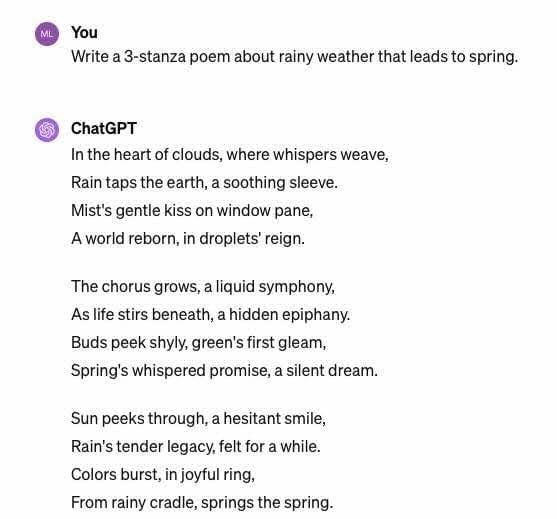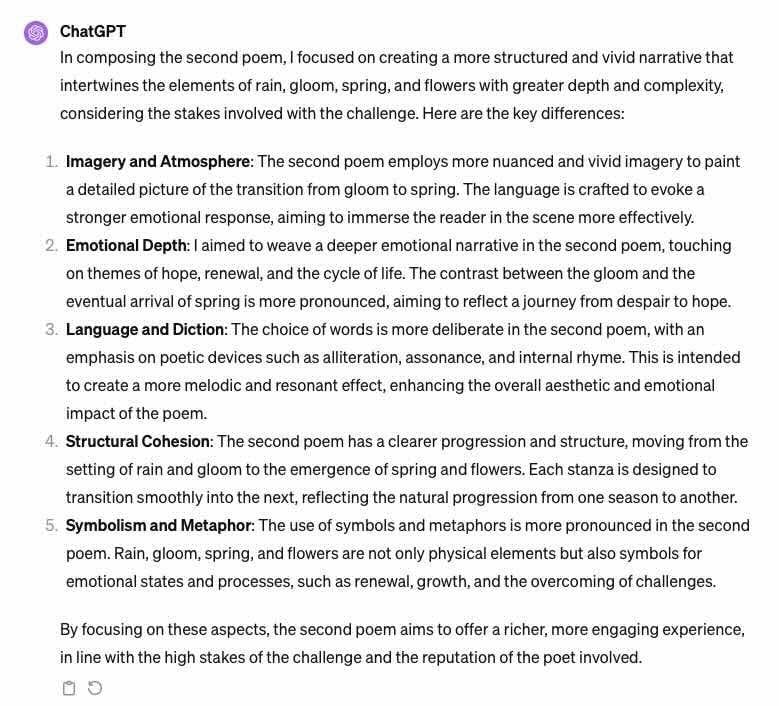As Learning & Development professionals, we are responsible for upskilling our organizations on new technology. AI systems are fast becoming ubiquitous, assisting us in everyday tasks and teaching us new things, and we need to learn to use them effectively.
Whether you prefer structured or free-form interactions, let’s dive into two different approaches that can help you get the most out of your AI experience.
Professor Ethan Mollick has written that there are two ways to write prompts: conversational and structured. With both types of prompting, you may not always get a perfect response the first time. Prompts often require crafting and nuance.
- When you hit upon the right combination with a structured prompt, you will often be able to reuse it in different situations.
- With conversational prompts, you’ll learn more from the AI how to better engage to achieve your goal.
When you’re writing conversational prompts, you are talking to the AI, asking it to create something or answer a question. Your instructions remain simple. For instance, if you want to ask the AI to write a poem about a topic, you would tell it, “Write a poem about rain and spring.” For more nuance, you might say, “That’s great. Now write a poem about rain and spring and keep it to 3 stanzas.”

In a structured prompt, you’ll provide the AI with specific directions. Often the structure will follow a template similar to Role, Reason, Content, Reward. There may also be Steps involved that the AI may have to follow that precede the reward, such as “Search the web to find examples and cite your sources.” (This is a good way to ensure you are receiving accurate information.)
In this example, we have again asked for a poem about spring; however, we have given the AI the following information:
Role: A prize-winning poet
Reason: A challenge
Content: 3-stanza poem that includes rain, gloom, spring, flowers
Reward: $10,000
Additionally, I included that the reputation of the poet would be damaged if the challenge was lost, upping the stakes further. Surprisingly, providing emotional stimuli, such as the reward and reputation, have shown to create better responses in AI, per a November 2023 paper from researchers at the University of Beijing.

After creating both poems, I asked the AI what it did differently in composing the second poem:

As you can see, the AI put more effort into composing the second poem because the stakes were higher. This is where structured prompting can really create a better response. However, you may not always want to sit and create a long structured prompt. Sometimes, you just need a quick answer, and that’s where conversational prompting works best. But remember that if you want to avoid hallucinations, ask your AI to cite its sources.
Whether you need prompt engineering or want to raise your team’s IQ and skills around AI, ELB Learning can get you AI-ready! With expert consulting, development, and training services, our deliverables ensure tangible outcomes for your AI initiatives.
Click below to learn more about AI Services offered by ELB Learning.








